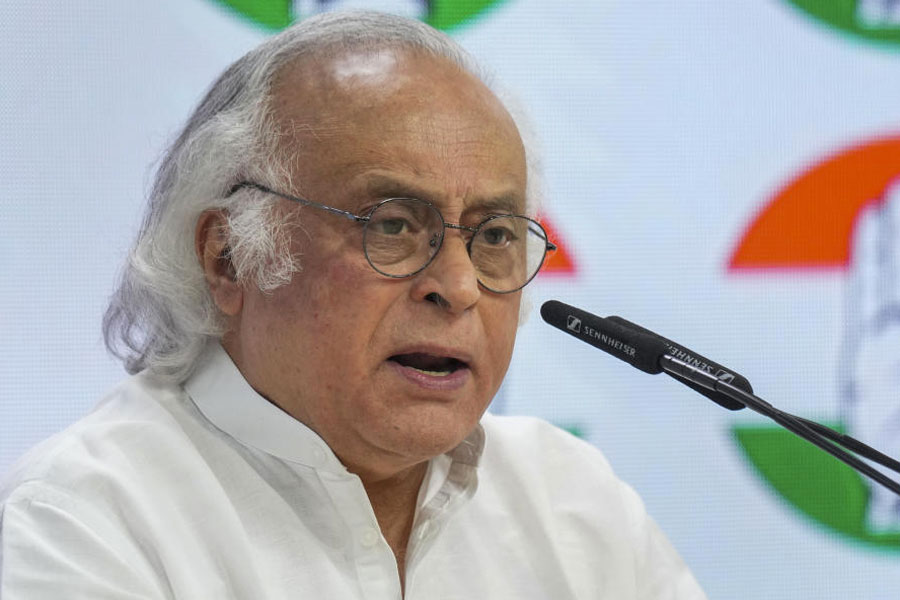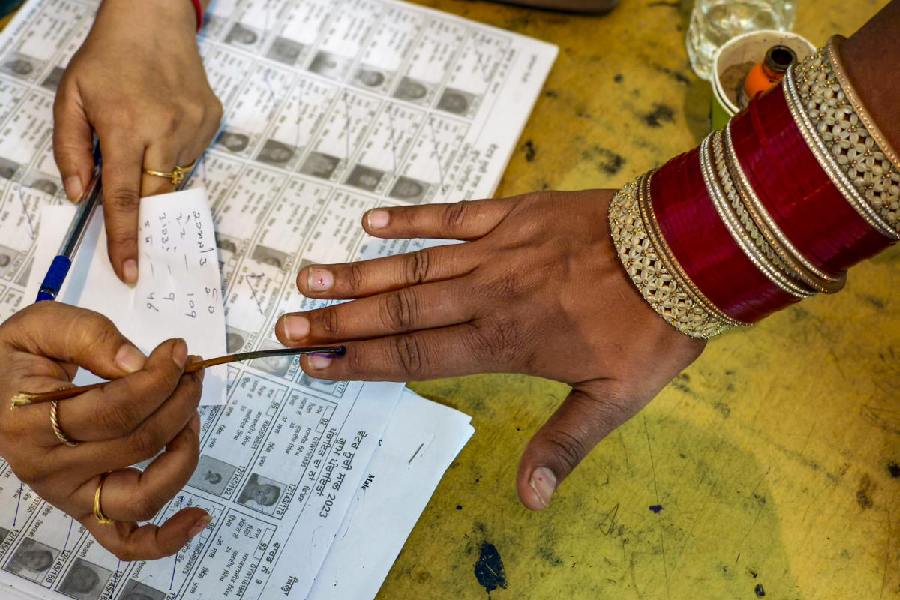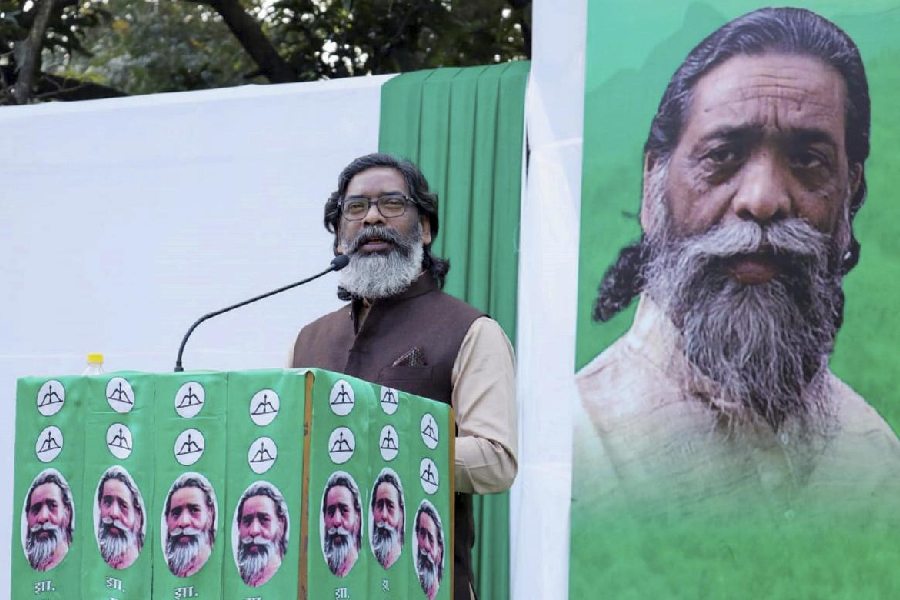 |
Blame it on Bangalore for the overpriced tomato.
The berry that adds a special tang to Indian curries is going beyond the reach of ordinary consumers with prices soaring to Rs 80 from Rs 30 a kg during the past one month.
Vegetable traders in the city have attributed the astronomical rise in tomato prices to short supply from Karnataka, mainly Bangalore. “I was selling tomatoes at Rs 30 a kg in June but now it has been increased to Rs 80. So far as I know, the rise in the prices is due to its short supply from Bangalore,” said Surendra Paswan, a vegetable seller at Punaichak vegetable market on Thursday.
Soaring tomato prices are being observed at other major retail vegetable markets in the city as well. (See graphic)
Another vegetable vendor at Anta Ghat said they are buying tomatoes in the range of Rs 65-68 thus they could not offer it to customers at cheaper than Rs 70 a kg.
The brunt of rising tomato prices is obviously being faced homemakers, making them a harried lot. “These days, prices of almost all vegetables are high and tomato is no exception. Consequently, I have curtailed the number of tomatoes in the curry. At times, I am also depending on readymade tomato puree,” said Jaya Kumari of Ashiana Nagar.
Restaurants in the city are also facing financial implications due to soaring tomato prices. “Our food cost has increased by 4-5 per cent due to rise in tomato prices, and we have to face almost similar situations around this time every year. However, we cannot make our customer suffer, thus we don’t increase the prices of the food items,” said Tarun Ashok, manager (F&B), 17 Degrees, at P&M Mall, Patliputra.
Experts, on the other hand, claimed that the escalating tomato prices might normalise only from October with the arrival of its local produce in the markets.
“Tomato is not locally produced during summer and monsoon. Consequently, its supply has to be obviously done from distant areas, where the temperature is comparatively low. Accordingly, the rise in its prices in Bihar at this time of the year is due to the increased logistics costs in bringing it here. The prices would only marginalise with the harvest of locally produced tomatoes in the winter, probably from October,” said Anil Jha, an expert in the agriculture department.
Bihar commands around 9 per cent of the total tomato produce in the country. Jha claimed that its total productivity in the state is around 10-15 tonnes. It is grown in around 55,000 hectares spread over districts, including Chapra, Nalanda, Hajipur and Buxar.
The horticulture directorate is also planning to increase the production base of tomato in the state. “Tomato is one of the vegetables under National Vegetable Initiative in the state. Under this mission, we give subsidy to farmers producing tomatoes up to 75 per cent of the total input cost. There are three districts under the mission at present — Patna, Nalanda and Vaishali. We are planning to soon add two more districts — Samastipur and Begusarai. This can be the one of the long-term solutions to keep the prices of tomato in under control during summer and monsoon in the state,” said Ajay Yadav, director (horticulture), agriculture department.
Agriculture expert Jha hailed such plans to augment the productivity of tomatoes in the state. “Tomatoes cannot be stored in cold storages for more than 30 days. Thus, increasing its production at this time of the year can be the best way to keep a tab on its prices,” said Jha.










